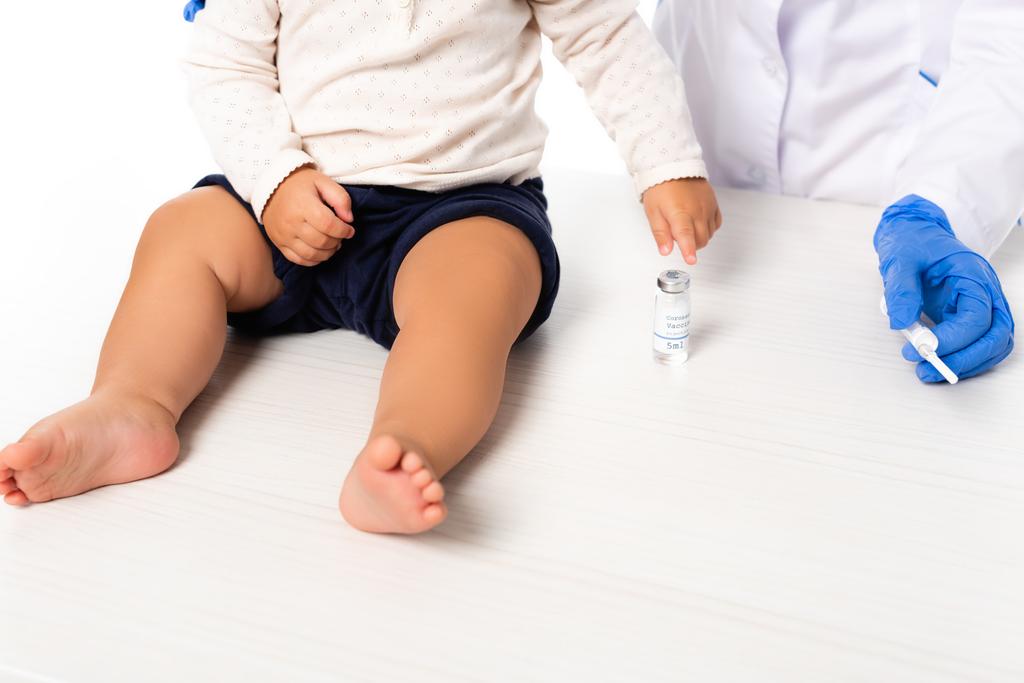Embarking on the potty training journey is a significant milestone for both kids and parents. While it may seem like a daunting task, rest assured that with time, patience, and a positive approach, every child can successfully navigate the path to being potty trained. This guide aims to provide insights, tips, and encouragement to make the potty training experience smoother for both kids and their parents.
Understanding Potty Training
Potty training, also known as toilet training, is the process of teaching a child to use the toilet for urination and bowel movements. This developmental milestone typically occurs between the ages of 18 months and 3 years, although the timing can vary widely among individual children.
Potty training is a crucial step toward independence for toddlers. It involves transitioning from diapers to using the toilet, a skill that contributes to a child’s growing sense of autonomy and self-care. While the journey may present challenges, it is a natural part of a child’s development.
Signs of Readiness
Knowing when a child is ready for potty training is key to a successful experience. Look for these signs of readiness:
- Interest in the Toilet: A child who shows curiosity about the toilet or expresses a desire to imitate adults using it may be ready for potty training.
- Extended Dry Periods: If a child’s diaper stays dry for longer periods, it indicates that they have better bladder control, a sign of readiness.
- Communication Skills: The ability to communicate basic needs, such as expressing when they need to go or have gone, is an essential readiness sign.
- Independence: Showing an interest in doing things independently, like pulling down pants or washing hands, suggests readiness for potty training.
- Awareness of Bodily Functions: A child who demonstrates awareness of urination and bowel movements is more likely to grasp the concept of using the toilet.
Potty Training Tools and Preparation
Once you’ve identified that your child is ready for potty training, consider these tools and preparations to make the process smoother:
- Potty Chair or Seat Reducer: Invest in a child-sized potty chair or a seat reducer for the regular toilet. This makes it more accessible for your child and reduces fear or discomfort.
- Training Pants: Transition from diapers to training pants, which provide a middle ground between diapers and regular underwear. They allow children to feel wetness without the mess of traditional underwear.
- Books and Videos: Use books and videos about potty training as educational tools. These resources can be entertaining for children and help them understand the process.
- Positive Reinforcement: Create a positive atmosphere around potty training by offering praise and rewards for successful attempts. Celebrate each small achievement to boost your child’s confidence.
- Consistent Routine: Establish a consistent potty routine, such as encouraging your child to use the toilet upon waking, before bedtime, and after meals. Consistency helps reinforce the habit.
- Modeling Behavior: Children often learn by imitating. Allow your child to observe and imitate bathroom behaviors by having them accompany you or an older sibling during toilet use.
Common Challenges and How to Handle Them
Potty training can come with its fair share of challenges. Here are some common issues and strategies to address them:
- Resistance: If your child shows resistance to potty training, take a step back and assess their readiness. Pressuring a reluctant child can lead to setbacks.
- Accidents: Accidents are part of the learning process. Stay calm and reassure your child, emphasizing that accidents happen but can be cleaned up.
- Inconsistency: Consistency is crucial in potty training. Ensure that caregivers, whether at home or in childcare, follow the same routine and encourage the same behaviors.
- Fear of the Toilet: Some children may be afraid of the toilet. Gradually introduce them to it, allowing them to sit on it with clothes on, and gradually progress to using it.
- Regression: Regression is common, especially during times of stress or change. Be patient, offer support, and revisit the basics of potty training if needed.
Nighttime Potty Training
While daytime potty training is often the initial focus, nighttime potty training comes later. Here are tips for successful nighttime training:
- Limit Fluids Before Bed: Reduce the likelihood of nighttime accidents by limiting your child’s fluid intake an hour or two before bedtime.
- Bedtime Routine: Establish a consistent bedtime routine, including a trip to the potty before sleep. This helps create a habit and reduces the chances of nighttime accidents.
- Nighttime Diapers or Pull-Ups: Consider using nighttime diapers or pull-ups until your child consistently stays dry throughout the night. This minimizes disruptions and encourages a positive experience.
- Praise for Dry Nights: Celebrate and praise your child for waking up dry in the morning. Positive reinforcement reinforces the behavior you want to encourage.
Celebrating Success and Building Independence
Potty training is a significant accomplishment for both children and parents. Celebrate your child’s success, no matter how small, and acknowledge their efforts. Building independence in self-care contributes to a child’s confidence and sense of achievement.
As your child becomes more proficient in using the toilet independently, gradually introduce them to wiping, flushing, and handwashing. These additional steps enhance their sense of responsibility and foster good hygiene habits.
Frequently Asked Questions about Potty Training
Let’s address some common questions that parents often have about potty training:
1. How long does potty training take?
- The duration of potty training varies for each child. Some children may grasp the concept quickly, while others may take more time. On average, potty training can take several weeks to a few months.
2. What if my child is not ready for potty training?
- If your child shows signs of readiness but resists, it’s okay to take a break and revisit the process later. Forcing a child who is not ready can lead to frustration for both parent and child.
3. Should I use rewards for potty training?
- Positive reinforcement, such as praise or small rewards, can be effective in motivating children during potty training. However, it’s essential to strike a balance and avoid excessive rewards.
4. How do I handle public restroom challenges?
- Public restrooms can be challenging for children. Familiarize your child with public restroom settings, and consider carrying a portable potty seat or disposable seat covers for added comfort and hygiene.
In Conclusion: A Positive Potty Training Experience
Potty training is a developmental milestone that, with patience and positive reinforcement, can be a rewarding experience for both parents and children. Understanding your child’s readiness, using appropriate tools, addressing challenges with patience, and celebrating success contribute to a positive potty training journey.
Remember that every child is unique, and the timeline for potty training can vary. Embrace the journey, support your child’s efforts, and celebrate the achievement of this significant step toward independence and self-care.










